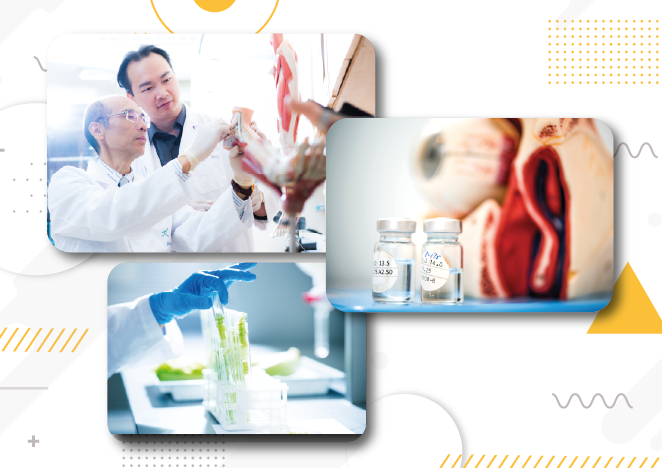Staying Safe in the Lab: Tips for Handling Animals
Recent reports of animal-bite incidents remind us of the importance of safety and proper handling techniques. Here are some essential tips to keep in mind when working with animals, particularly mice, in the lab.
General Safety Tips for Animal Experiments
All procedures on animals should be performed by properly trained personnel. To minimize the risk of bites, scratches, and exposure to animal body fluids and tissues, researchers should:
- Complete HSO biological safety training and CAF hands-on training on animal handling techniques.
- Put on appropriate PPE before entering animal facilities or laboratories.
- Avoid eating, drinking, applying cosmetics, and storing food or drinks.
- Dispose of sharps immediately in rigid impervious sharps containers.
- Wash your hands thoroughly after handling animals or their tissues and before leaving.
Handling Live Animals
When it comes to handling live animals like mice, here are additional tips to pay attention to.
- Wear bite-resistant gloves and avoid sudden movements that might startle them.
- Allow the mice to get accustomed to your presence by letting them sniff your gloves.
- When picking them up, support them on your hand while gently holding their tails.
For details, read our Guidelines for Handling and Using Laboratory Animals (B300).




